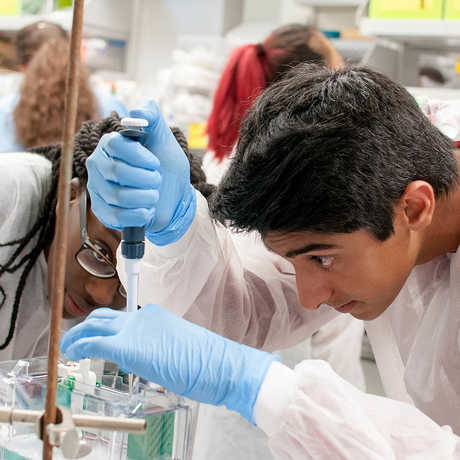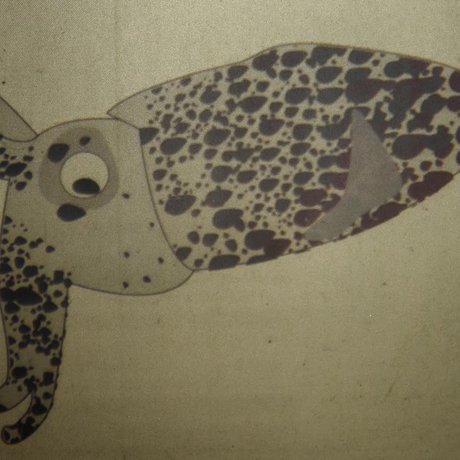Introduction: We can learn a lot about successful design from successful adaptations in nature. Researchers are trying to find ways to use the wood frog's adaptation for medical applications, specifically for preserving human organs for transplantation. Currently, organs like hearts, kidneys, and livers must be transplanted within hours after they're harvested. But if we could find a way to freeze the organs without damaging the tissue or otherwise preserve them for longer before they are transplanted, the availability of viable organs would increase.
Design Challenge Question: How can we keep organs 'fresh' for the longest amount of time?
In this design challenge, students will work in groups of 3-4 to design and test a way to keep an animal organ 'fresh' for the longest period of time. Each group will be provided with a portion of an animal organ, such as a chicken liver, chicken or cow heart, or cow kidney. Animal organs can be bought in neighborhood or specialty grocery stores. Divide the organ(s) into equally-sized pieces to distribute to the groups.
- It is up to you what materials you would like to provide to your students for their designs, but any substances you provide should either be nontoxic (e.g., sugar, ice, salt, water, common food preservatives) or your students should be trained in the proper safety procedures surrounding the handling of them.
Part 1: 60 minutes
1. After watching and discussing the Return of the Wood Frog video with your students, introduce the concept of biomimicry, or the idea that we can take inspiration from successful adaptations in nature to design solutions in business, engineering, and other fields—here are some examples.
2. Introduce students to Introduction and Design Challenge Question listed above. Each group will be provided with a portion of an animal organ and will be designing a method for keeping it fresh for as long as possible.
3. As a class, brainstorm a list of criteria that could be used to measure organ 'freshness'. This could include parameters like the organ's color, texture, observations of the organ's physical appearance under a dissecting scope, etc. Circle the criteria that you have the capability to measure in the classroom.
4. Briefly showcase the materials on-hand for the design challenge.
5. Give groups 10-15 minutes to rapidly brainstorm as many possible designs for an organ preservation method as they can.
6. Then, ask groups to choose one design that they will test and that is plausible given the materials available to them. Design considerations should include both what substances they will use to keep their organ fresh as well as how they will store their organ (e.g., in a mini cooler). Organs should be stored away from consumable food and drink.
Part 2: 3-4 class periods + daily observations
1. Give your students 1-2 class periods to build and implement their designs.
2. Each day, students should make observations about the freshness of their organs in their science notebooks.
3. After either a specified amount of time (e.g., one week), or after the last organ fails to meet the freshness criteria, have students create a scientific poster summarizing their experience.
4. Hold a Research Symposium in your classroom for students to share their posters with one another. Have a class discussion about the various designs and their strengths and weaknesses.
5. Either as a whole class or in the same small groups, have students iterate on one of the designs shared in the Research Symposium and repeat the test. What about the design do you want to change and why? What do you expect to be different about the results based on the changes you plan on making?
6. As a reflection on their experience in this design challenge, ask students to fill in a blank Engineering Design Process diagram to document their process.
Students should follow proper lab safety procedures when handling organs and any other substances. Make sure to properly dispose of all organs after the end of the design challenge.
NGSS DCIs: ETS1.A, ETS1.B, ETS1.C, LS1.A
Photo credit: NIH



